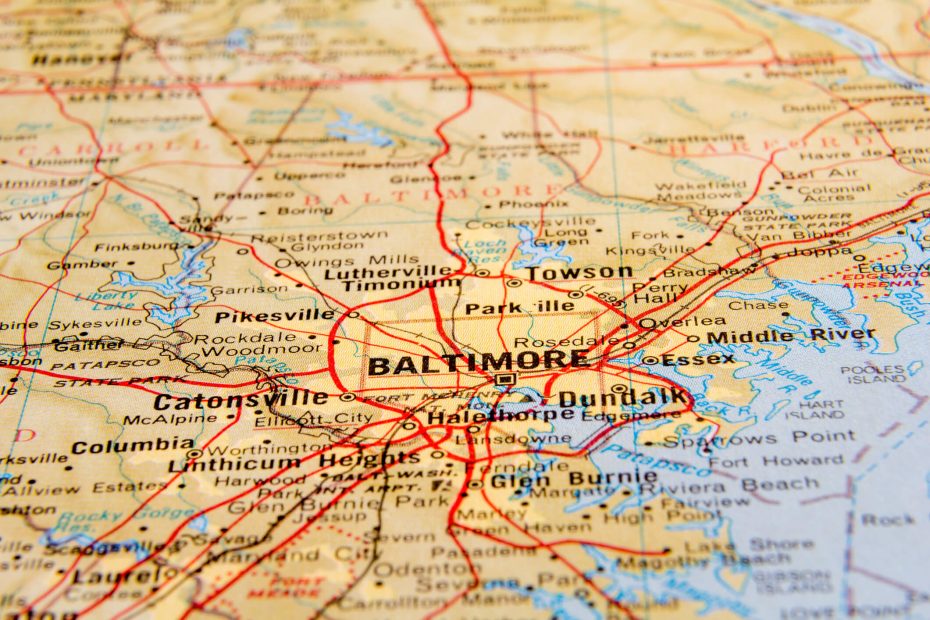In 2015, former Maryland Gov. Larry Hogan made the controversial decision to cancel the Red Line Light Rail project in Baltimore. The plan to build a 14-mile light rail had been in the works since 2002, and would have been completed by 2022. Hogan’s decision shifted over $700 million to funding highways outside of Baltimore instead. Current Gov. Wes Moore announced plans in summer 2023 to renew the project, a decision applauded by transit advocates and many others.
What exactly would the Red Line be? Importantly, it would be a light rail traveling east-west through Baltimore, which is currently quite difficult to do via existing transit options. As planned, it would travel between the Centers for Medicaid and Medicare Services campus in Woodlawn in the west to Johns Hopkins Bayview Medical Center in the east. It would include stops through West Baltimore, downtown, Harbor East, Fell’s Point and Canton. The Red Line would hopefully be an impactful addition to the existing transit network, which is notoriously disjointed, inequitable and unpredictable.
The history of short-sighted and racist housing policy, urban planning and transit decisions in Baltimore has led to a deeply inequitable and lopsided transit network and overall development landscape. The contrast in economic development between areas of the city is stark and glaring. Baltimore has also been involved in more than its fair share of transit scandals. For further reading, check out the history of redlining, the General Motors streetcar conspiracy, and the “Highway to Nowhere.” Expanding mass transit in Baltimore is going to be a necessary component of any serious effort to address inequities in economic development, housing and health.
Having safe, accessible and reliable transportation systems has many downstream public health and safety benefits. They open up economic and educational opportunities, reduce commute times and create thousands of jobs. They make grocery stores, pharmacies and clinics more accessible, especially for people with mobility challenges. Good transit increases physical activity and encourages movement. Cars themselves are dangerous, stressful and expensive, as is walking in a city built for cars.
Great transit networks also allow people to engage with their built and social environments, and to connect with their neighbors in fun and healthy ways. They allow us to be present and get to know our city — to go to new places and try new things. They connect communities, where highways and roads tend to divide them. Baltimore is known as a “city of neighborhoods,” a place with a lot of local charm and hidden gems. Ramping up our transit network would allow us all to get out and experience it together.
The Red Line is going through the revision process, after a summer of town halls and forums for public comment. While still a few years away from being realized, it has nearly 20 years of grassroots support and environmental and impact studies, and appears to have the political support from the state and city to make it possible.
Follow the project and learn more here! redlinemaryland.com
Related Content
- Learning to Drive in Baltimore
- Squeegee Kid Ban: Criminalizing Poverty or Engaging Disconnected Youth?
- Stockholm Syndrome City
Want to read more from the Johns Hopkins School of Medicine? Subscribe to the Biomedical Odyssey blog and receive new posts directly in your inbox.
